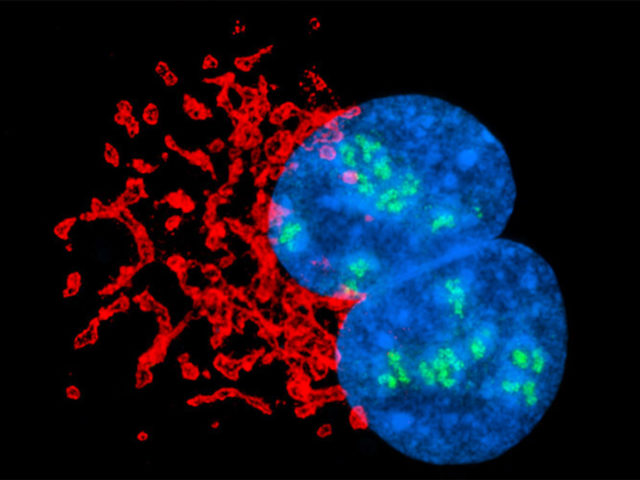I see the passage history noted on sequences often but I don't know what they all mean. The MDCK is one I know; I assume when I see "C" that it's some sort of a cell line? E1 and E2 are passaged through eggs? I've also seen an X/E2. Does "Original" mean it had no passage and the sample was viewed directly through a microscope? What is "p1"?
I found this site that lists many cell lines but I did't find the others I was looking for. It has good pictures.
Madin-Darby Canine Kidney Epithelial Cells (MDCK Line)
S. H. Madin and N. B. Darby initiated the MDCK line in 1958 by from the kidney tissue of an adult female cocker spaniel. The cells exhibit typical epithelial morphology and stain positive for keratin. MDCK cells demonstrate susceptibility to a number of viruses, including infectious canine hepatitis, coxsackievirus B5, reoviruses 2 and 3, vesicular stomatitis (Indiana strain), adenoviruses 4 and 5, vesicular exanthema of swine, and vaccinia. The cells, which are negative for the enzyme reverse transcriptase, are known to be resistant to poliovirus 2 and coxsackieviruses B3 and B4. The MDCK line is a popular tool for studies focusing on the processing of beta-amyloid precursor protein and its proteolytic products.



I found this site that lists many cell lines but I did't find the others I was looking for. It has good pictures.
Madin-Darby Canine Kidney Epithelial Cells (MDCK Line)
S. H. Madin and N. B. Darby initiated the MDCK line in 1958 by from the kidney tissue of an adult female cocker spaniel. The cells exhibit typical epithelial morphology and stain positive for keratin. MDCK cells demonstrate susceptibility to a number of viruses, including infectious canine hepatitis, coxsackievirus B5, reoviruses 2 and 3, vesicular stomatitis (Indiana strain), adenoviruses 4 and 5, vesicular exanthema of swine, and vaccinia. The cells, which are negative for the enzyme reverse transcriptase, are known to be resistant to poliovirus 2 and coxsackieviruses B3 and B4. The MDCK line is a popular tool for studies focusing on the processing of beta-amyloid precursor protein and its proteolytic products.

Comment